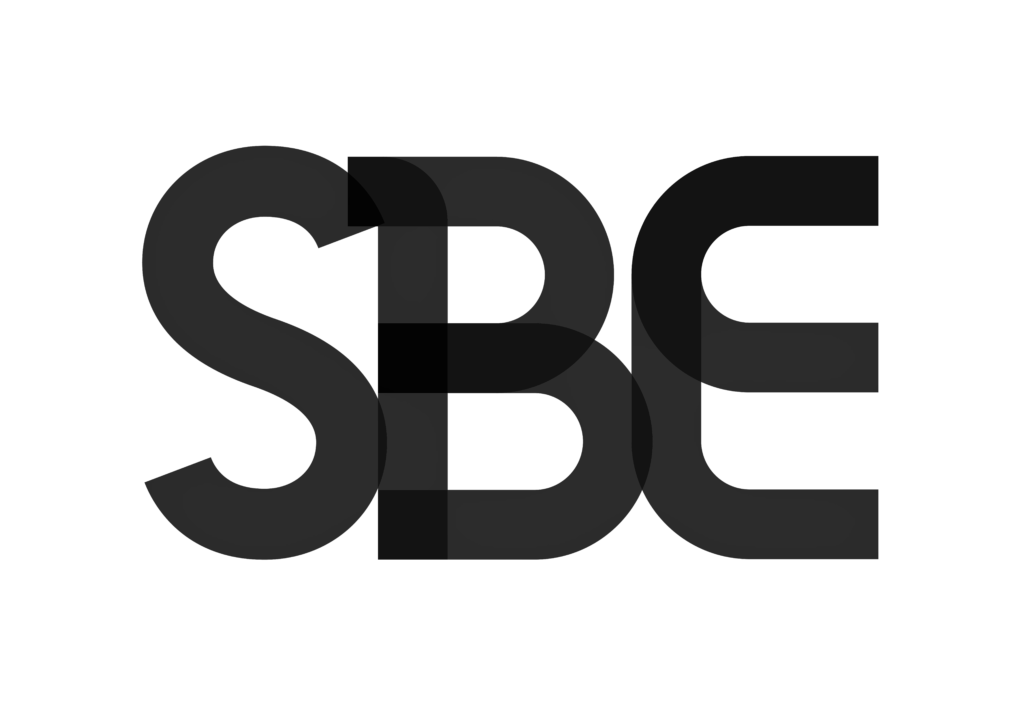
Whether you are a team of one or a team of many scattered across the world, let’s talk about the ups and downs of building the team that can deliver your vision.
“I need to hire more people but don’t have the cash to grow”, “I’ve hired a huge team and burned through all of my cash and haven’t made the progress I need”, “I have to downsize my team and I love them all”, “I can’t pay market rates, but I need to retain my top talent” or “I have to make my first international hire, but I don’t know where to I start”. Do any of these sound familiar?
Welcome to the journey of building, scaling, downsizing and leading teams!
Welcoming in 2023 as the leader of a business, team should be front of mind. The people you hire can make or break you in the early stages of your business. They are the most important resource in your growth strategy and plan. How you recruit, retain, engage and even off-board employees who are leaving the organisation have a lasting impression on your employment brand and business.
We asked SBE Australia‘s good friends at Hourigan International what to expect when expanding your team whether it be at home or overseas. They shared with us the top trends impacting the labour market and start-ups growth strategy in 2023:
Economy: Asia Pacific is forecast to be the fastest-growing region of the global economy in 2023 and this resilience is predicted to act as a counterweight to potential mild recessions in the US and the EU. Globally, hiring freezes will be more common than mass layoffs in 2023 as employers seek to retain talent and labour shortages will persist, despite rising unemployment rates. There will be some easing of supply chain disruptions but tensions from labour shortages will remain. Founders should strategically consider the potential impact of global economic factors to their business plans in 2023.
Talent: It’s not surprising that the demand for talent continues to be a growing challenge for the Australian tech industry, especially across areas such as software development, data science, cybersecurity and AI. Founders should think ahead about their future talent needs and invest in strategies to build their talent pipelines. Active networking, external recruitment partners, a compelling employment brand, and a desirable culture will all be part of a winning strategy. With the downsizing of many of the global tech brands who grew exponentially during the pandemic, networking and developing an attractive employment brand does present opportunities to grab some fantastic talent!
Hybrid working: The trend toward remote, flexible and hybrid work arrangements is here to stay. How are you responding to this shift in workplace culture?
Rapid change: The pace of technological change continues to accelerate, along with it comes the need to upskill, reskill, reshape roles and stay on top of new opportunities that accelerating change brings. How does your teams growth plan intersect with advancements in AI, Web3.0 and the Meta-verse?
Diversity and inclusion: An expanding definition of diversity, beyond gender, ethnicity and sexuality, will see companies invest more in their understanding and harnessing of other under-represented groups. Founders can navigate talent shortages, drive innovation and cultivate enriching cultures by thinking more broadly when looking for talent. In 2023 we will see more engagement with refugee, neuro diverse and First Nations talent pools.
Cybersecurity: As technology and digitisation continue to advance, founders will need to think about their data privacy and invest in protecting their business and their customers from cyberattacks and data breaches.
At SBE Australia, we are often asked about 2 key hires; Your first employee, when you officially become a team. And a new CEO, when you are handing over the reigns of being the Captain of the team. We asked our expert network for their best advice.
SBE Australia CEO & HR vet Nicole Cook recommends being strategic about your first key hire. Knowing how, what and where your business is growing (or not) will help you identify the skills you need to hire to compliment your own. Early stage businesses should think about whether this crucial assistance, to bring your vision to life, should be brought on as a co-founder, equity holder or employee. Check out this great summary of flags telling you it might be time to dive in and hire your first employee. Getting this first hire wrong can be costly, time consuming and emotionally draining so it is worth investing the time to get this right.
There will come a time for just about all tech start-up founders to consider whether hiring a CEO will help take their company to the next level. This can happen at different stages of a start-up’s development. Executive search and succession planning expert Skye Lockhart with Hourigan International broke down for us the common indicators that it may be time to hire a CEO including:
- Rapid growth: Are you experiencing an overwhelming increase in the workload and responsibilities?
- Investors: Perhaps you have investors that are ready to provide significant funding but are looking for a more experienced leader to drive growth and profitability.
- Expansion into new markets: Or launching new products that you and the existing team lacks experience or expertise in.
- Attracting and retaining top talent: This often requires a company to have a more professional and experienced management team and structure.
- Shifting focus: Is your focus shifting onto specific aspects of the business like product development or fundraising, therefore requiring someone to steer the ship?
Article available at: https://sbeaustralia.org/news/7342
